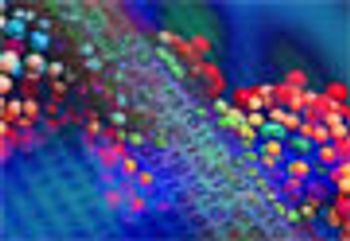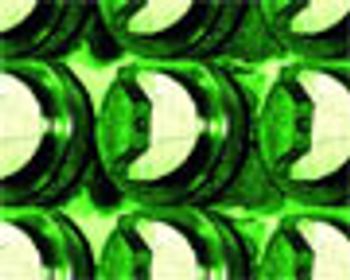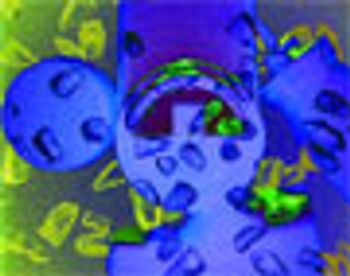
Pharmaceutical Technology Europe
The security of documents in the pharmaceutical industry has become a critical issue since the advent of electronic data transfer. Companies in Europe must comply with 21 CFR Part 11 if they sell in the US. The regulations also require that secure, computer-generated, time-stamped audit trails are used to record the date and time of operator entries and actions that create, modify or delete electronic records. In particular, the record change must not obscure previously recorded information.




